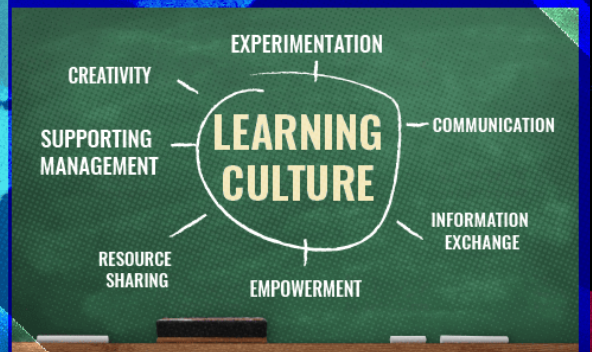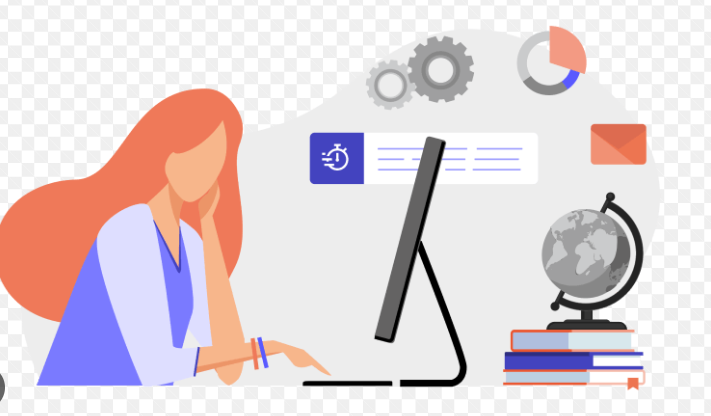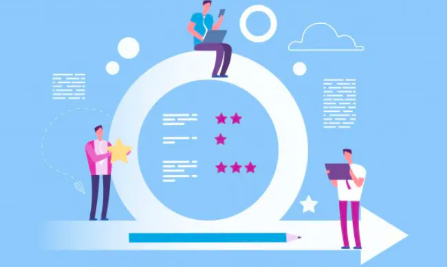Introduction:
In today’s interconnected world, education plays a pivotal role in driving social change and fostering inclusive growth. Continuous learning, coupled with a commitment to social impact, has the power to transform lives, empower communities, and create a more equitable society. In this blog post, we’ll explore the intersection of continuous learning and social impact, highlighting how education initiatives are making a difference and driving positive change around the globe.
The Importance of Continuous Learning:
Continuous learning is the lifelong pursuit of knowledge, skills, and personal development. In today’s rapidly changing world, where technological advancements and global challenges are reshaping industries and societies, the ability to adapt and learn new skills is essential for individual success and societal progress. Continuous learning empowers individuals to stay relevant, agile, and competitive in their careers while fostering a culture of innovation and growth within organizations and communities.
Driving Social Impact through Education:
Education is a powerful catalyst for social change and economic development. By providing access to quality education and lifelong learning opportunities, we can address systemic inequalities, break the cycle of poverty, and unlock human potential. Education empowers individuals to lead healthier, more fulfilling lives, pursue meaningful careers, and contribute positively to their communities.
Here are some ways in which education initiatives are driving social impact:
Access to Quality Education:
Education initiatives aim to improve access to quality education for marginalized communities, including girls, refugees, and underserved populations. By providing scholarships, building schools, and leveraging technology, organizations are expanding educational opportunities and breaking down barriers to learning.
Skills Development and Empowerment:
Education equips individuals with the knowledge, skills, and confidence to pursue their aspirations and create positive change in their lives. Skills development programs, vocational training, and entrepreneurship initiatives empower individuals to overcome socio-economic barriers, build resilience, and achieve economic independence.
Social Entrepreneurship and Innovation:
Education fosters creativity, critical thinking, and problem-solving skills, which are essential for driving innovation and social entrepreneurship. By supporting educational programs that nurture entrepreneurial mindsets and provide mentorship, communities can unleash the potential of aspiring changemakers to address pressing social and environmental challenges.
Community Engagement and Collaboration:
Education initiatives promote community engagement, collaboration, and collective action to address local challenges and drive sustainable development. By fostering partnerships between educational institutions, governments, NGOs, and businesses, communities can leverage collective resources and expertise to create lasting social impact.
Advocacy and Policy Change:
Education advocates play a crucial role in influencing policy decisions and advocating for systemic change in education systems. By raising awareness, mobilizing stakeholders, and advocating for equitable education policies, advocates can advance educational equity, inclusion, and social justice at local, national, and global levels.
Conclusion:
Continuous learning and social impact are intrinsically linked, as education serves as a powerful tool for driving positive change and creating a more just and equitable world. By prioritizing education initiatives that promote access, empowerment, innovation, and collaboration, we can unlock the full potential of individuals and communities to build a brighter future for all.



















